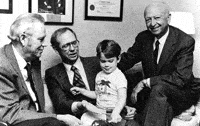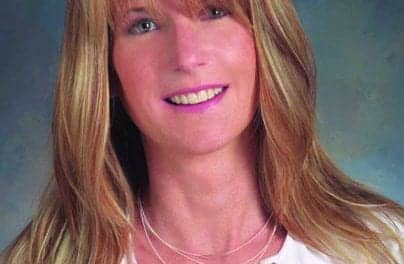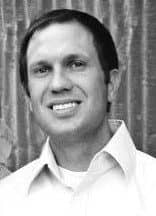It’s with great sadness that The Hearing Review reports the passing of Dr William House, hearing researcher and the first to perform a pediatric cochlear implant in the United States.
The news was reported first by Douglas L. Beck, AuD, on the American Academy of Audiology’s website. Beck reported that House passed peacefully in his home on December 7, 2012. He was 89 years old.
House’s House Ear Institute (HEI), recently renamed the House Research Institute, led the cochlear implant trials in the 1970’s. In July 1980, House finally received FDA approval to implant three patients 
House published The Struggles of a Medical Innovator: Cochlear Implants and Other Ear Surgeries: A Memoir, in which he describes the challenges of trying to develop his cochlear implant, as well as his struggle with his critics at that time. It can still be purchased on Amazon.
In 2005, HR editor-in-chief Karl Strom wrote a brief history of House and his accomplishments for the 25th anniversary of the first procedure, and he also interviewed Laurie S. Eisenberg, PhD, a scientist and the co-department head of the House Ear Institute (HEI) Care Center at that time.
Below is an abbreviated version of Strom’s article. You can read the full version (with references) and the interview with Eisenberg here.
***
House started his career as a dentist, and then attended medical school, eventually joining the medical practice of his brother, Howard House, MD. He went on to develop the surgical procedure to gain access to the cochlea via the facial recess from the mastoid to the middle ear. However, before he pioneered this important procedure, a patient in 1957 (House’s second year of practice) brought an article to him about two French surgeons (Dijourno & Eyries) who had inserted an electrode onto the auditory nerve of a deaf man and discovered that the man could perceive sounds when the nerve was stimulated with current.
Thus began House’s interest in cochlear implants. By 1961, he had implanted the first two American patients for short-term stimulation of hearing in clinical trials at HEI; however, the lack of biocompatible materials were a large obstacle in those days. Four years later, House teamed up with engineer Jack Urban to develop a CI system for longterm use. Beginning in the mid-1960s, Blair Simmons at Stanford University, Robin Michelson at UCSF, Graeme Clark at the University of Melbourne, Dr. Claude-Henri Chouard in France, and others began to perform animal and human research to investigate the feasibility of single and multichannel cochlear implants.
In 1969, three more patients at HEI were implanted with a multiple-electrode system, allowing direct electrical connections across the skin, and the first “take-home” cochlear implant was developed in 1972. It consisted of a wearable speech processor that interfaced with the House/3M single-electrode implant.
Other landmarks in cochlear implant research and the commercial production of CIs followed from 1970-1982. It was during this period that HEI, in partnership with 3M Company, implanted five patients through an organized clinical trial. Important research was also conducted at the University of Utah, University of Oregon, and University of Toronto on the viability of a cochlear prosthesis.
In initiating the clinical trials, House and his colleagues often faced open hostility from scientists, particularly neurologists, who believed they were moving too far, too fast. The Deaf Culture movement also objected to the device on numerous grounds. One criticism by scientists to this early work was that a single-electrode device would produce a “Morse-code-like” buzzing, providing only limited contact with the external environment. Other critics thought that animal work was needed first to solve potential problems and ensure that continuous electrical stimulation to the cochlea wouldn’t destroy the neural tissue.
Essentially, House and most others working on cochlear implant technology felt that it was impossible for animals to, as House put it, “assist with solving many of the pivotal research problems for a system which is intended to provide access to speech.” Additionally, critics voiced worries about meningitis caused by infection (eg, otitis media) spreading via the electrode to the cochlea and then to the spinal fluid. However, this had not been observed in stapedectomy patients who had a wire running from the middle ear to the oval window. There also was (and, to some extent, continues to be) debate about single-vs-multiple electrode devices and issues related to tonotopic theory.
Read the full version of the above cochlear implant history here.





